I'm using Graphite with Codahale to record metrics from my java server. I have a block code that looks something like that:
public void foo() {
try (Timer.Context ignored = myTimer.start()) {
// Some code
}
}
When I look at today's event count (each timer is also a counter) I see that we're around the hundred of hit counts a minute, which means a a few thousands an hour. When I widen the date range to include yesterday as well, I see that the results are in the millions range and I could not figure out why.
The results are shown after nonNegativeDerivative operation on the metric
Today's results:
With yesterday's results:

